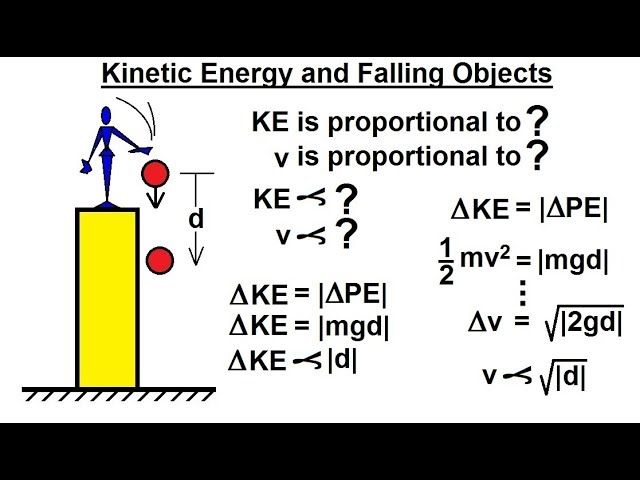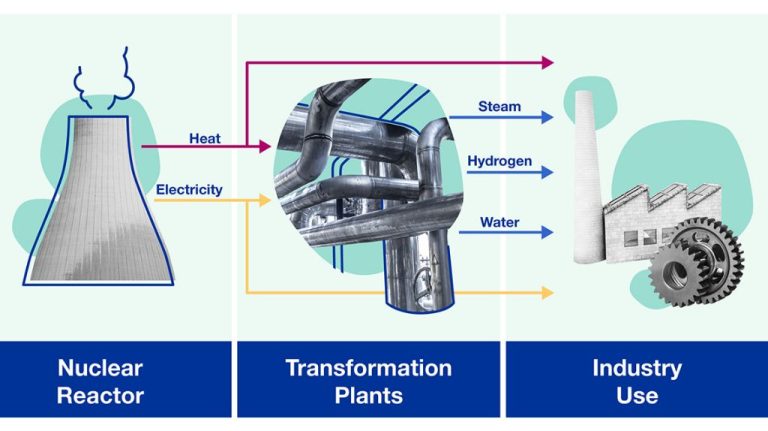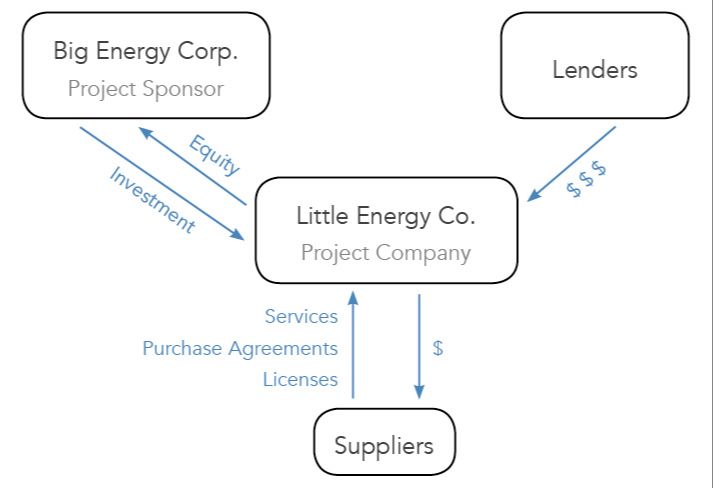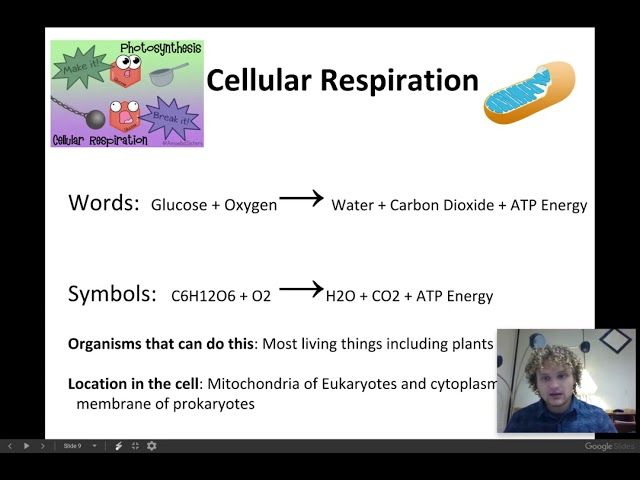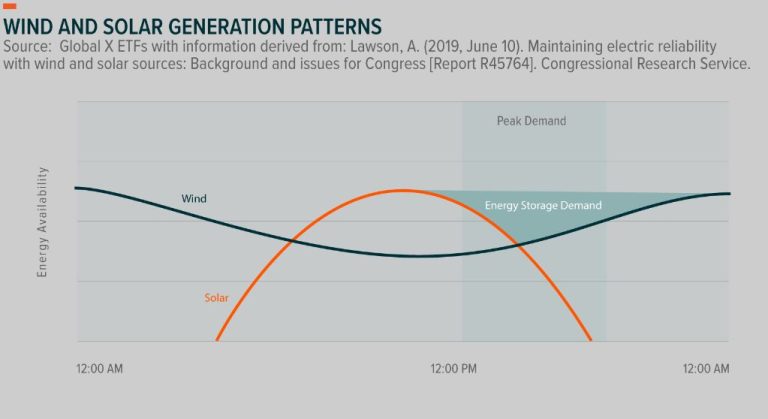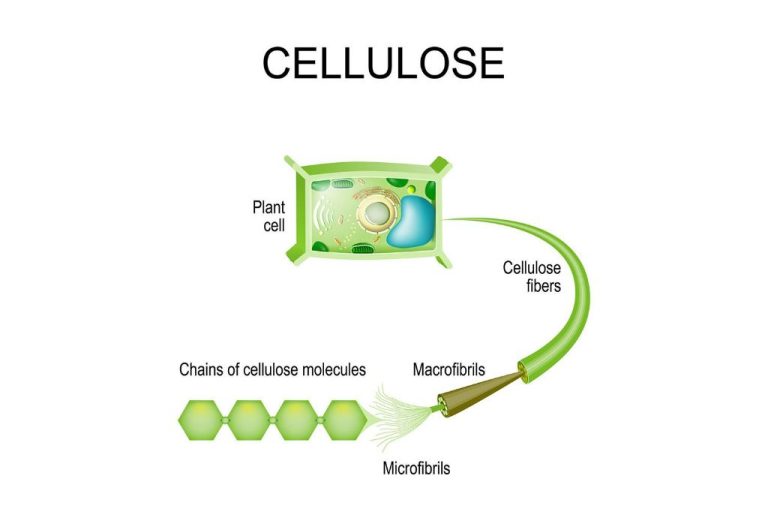What Is Electricity Made In?
Electricity powers the modern world. It provides light, heat, and energy to our homes, businesses, factories, and devices. The ability to generate and transmit electricity has enabled incredible technological advancements over the last century.
Today, electricity is an essential part of daily life for billions of people globally. Modern society relies on electric power for lighting, appliances, electronics, communications, industrial processes, transportation systems, and more. Simply put, electricity supports the infrastructure and innovations that make the modern standard of living possible.
The generation and distribution of electricity is therefore a monumental endeavor. Producing this invisible energy source and delivering it reliably to consumers via electric grids is an around-the-clock process involving both large-scale infrastructure and complex systems coordination. Yet when it works seamlessly, as it does in much of the developed world, we take reliable electricity for granted.
History of Electricity Production
Humanity’s ability to produce and use electricity began with simple electrochemical cells and batteries more than two millennia ago. These batteries were created manually and powered only small devices. The principles of generating electricity from motion were demonstrated as far back as the early 1800s with electromagnetic generators, but it took until the late 19th century before large-scale electricity production became viable.
The invention of the light bulb in 1879 created demand for electricity to power lighting in homes and businesses. At the same time, alternating current and the AC transformer were developed, allowing electricity to be transmitted over long distances. This led to the first central power stations being built in cities starting in 1882.
The opening of the first hydroelectric power plant at Niagara Falls in 1895 marked the beginning of large-scale electricity generation. In the early 1900s, steam turbines began supplementing reciprocating steam engines at fossil fuel plants, increasing efficiency. During this time period, remote hydroelectric dams were built to supply power to population centers. By the 1920s, electricity had become an integral part of daily life and demand continued growing for the rest of the century.
How Electricity is Generated
Electricity can be generated from a variety of energy sources. Here is an overview of the main methods used today:
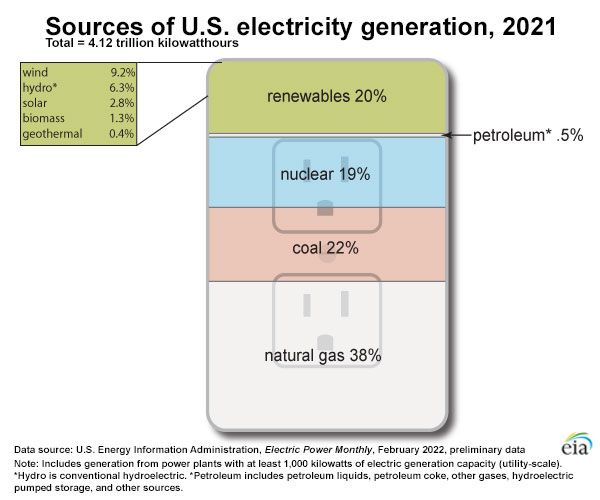
Fossil Fuels: Most electricity is currently produced by burning fossil fuels like coal, natural gas, and oil. At a fossil fuel power plant, the fuel is burned in a boiler to heat water and produce high-pressure steam that spins a turbine and generator to generate electricity. Fossil fuel plants provide reliable power but produce greenhouse gas emissions.
Nuclear: At a nuclear power plant, the energy released by splitting uranium atoms heats water to produce steam that spins turbines to generate power. Nuclear provides steady baseload supply but faces concerns about safety and radioactive waste disposal.
Hydropower: Flowing water spins turbines connected to generators to produce hydroelectric power. It is a clean renewable source but depends on adequate water supply.
Wind: Modern wind turbines convert the kinetic energy of wind into mechanical power to drive generators. Wind power is renewable but variable based on wind conditions.
Solar: Solar photovoltaic panels convert sunlight directly into electricity using semiconductors. Solar output depends on sunlight but has become a major clean energy source.
Other renewable sources like geothermal, biomass and tidal power also generate smaller amounts of electricity. The combination of different generation sources provides the reliable power grid we depend on today.
Fossil Fuel Power Plants
The combustion of fossil fuels like coal, oil, and natural gas account for over 60% of electricity generation worldwide. The countries generating the most electricity from fossil fuels are China, United States, India, Russia, and Japan.
Fossil fuel power plants convert the chemical energy in coal, oil, or natural gas into thermal energy by burning the fuel in a boiler. The high pressure steam generated in the boiler runs through a turbine, which spins a generator to produce electricity. The steam is then condensed back into water and returned to the boiler to repeat the process.
Coal-fired power plants are one of the largest sources of air pollution and carbon emissions. The burning of coal releases particulate matter, sulfur dioxide, nitrogen oxides, mercury, and heavy metals into the atmosphere. Coal plants require huge amounts of coal delivered by rail or barge, and leave behind toxic coal ash.
Natural gas plants have lower emissions of air pollutants compared to coal and oil. However, methane leaks during extraction and transportation reduce some of natural gas’s climate advantages. All fossil fuel plants require large amounts of water for cooling and steam generation.
Despite environmental concerns, fossil fuel plants remain popular because they can supply reliable baseload power on demand. New natural gas plants are also cheaper and faster to build than renewable energy or nuclear. But the future reliance on fossil fuels for power generation may decline with emission reduction targets and improving renewable energy technology.
Nuclear Power Plants
Nuclear power plants produce electricity through nuclear fission, where atoms are split apart to release energy. This process heats water, producing steam that spins a turbine to generate electricity. Nuclear energy currently provides about 10% of the world’s electricity.
In a nuclear reactor, uranium fuel rods are submerged in water. The uranium atoms split apart, releasing energy in the form of heat. This heat boils the water, producing steam that turns the turbine. The turbine spins a generator to produce electricity.
Nuclear power is considered a low-carbon energy source, as reactors themselves do not release greenhouse gases or air pollutants during operation. However, concerns remain over the safe disposal of radioactive waste and the potential for accidents. Stringent regulations govern nuclear plant operation and waste disposal.
Even with safety precautions, major nuclear accidents can release dangerous radiation. Nuclear meltdowns at Chernobyl in 1986 and Fukushima in 2011 contaminated the surrounding areas and prompted closures of nearby reactors. But advancements in safety technology aim to prevent similar events.
Used nuclear fuel remains radioactive for thousands of years after removal from the reactor. Most waste is stored on-site, awaiting construction of centralized underground depositories. Managing radioactive waste safely and securely is an ongoing challenge for the nuclear industry.
Renewable Energy Sources
Renewable energy comes from natural sources that are constantly replenished, such as sunlight, wind, rain, tides, waves, and geothermal heat. Some of the most common renewable energy sources used for electricity generation include:
Solar
Solar power harnesses energy from the sun through solar photovoltaic (PV) panels or concentrated solar power plants. PV panels convert sunlight directly into electricity, while concentrated solar uses mirrors to focus sunlight to heat a fluid that drives a turbine. Solar energy offers a clean, renewable source with minimal environmental impact once panels are manufactured and installed.
Wind
Wind turbines harness the power of wind to generate electricity. Wind power is one of the lowest priced renewable energy technologies available today and is cost competitive with fossil fuels. Wind farms can be built on land or offshore in large-scale installations to provide power to the grid.
Hydropower
Hydropower utilizes flowing water to produce electricity by spinning a turbine connected to a generator. Hydropower is a mature technology providing reliable baseload power, flexible peaking and storage capabilities, and grid stability services. However, hydropower depends on suitable geography and sufficient water flow.
Biomass
Biomass power uses organic matter like wood waste, municipal solid waste, and agricultural byproducts to produce electricity. Biomass fuel can be burned directly or converted to liquid biofuels. While biomass is renewable, some forms like wood pellets may not be carbon-neutral.
Geothermal
Geothermal energy harnesses heat within the earth to produce steam to drive a turbine generator. It provides constant baseload power independent of weather conditions, but has high capital costs and depends on subsurface geology. Enhanced geothermal systems can extract heat through fracturing subsurface rock.
Overall, renewable sources provide clean and sustainable electricity but also come with some limitations. The intermittent output from solar and wind requires grid modifications and storage to accommodate. Hydropower and geothermal depend on location. Biomass sustainability depends on the fuel source. But renewable energy will play an increasing role in electricity production worldwide.
Electricity Generation by Country
The sources used to generate electricity vary significantly by country and region. This is largely influenced by the availability of natural resources, existing infrastructure, government policies, and economic factors.
Many developed countries like the United States, Japan, and Germany have a mix of fossil fuels, nuclear, and renewables providing electricity. Coal continues to be a major source in the US and Germany, while nuclear plays a larger role in France and Japan. Natural gas and renewables are growing their share in most developed nations.
Developing countries often rely more heavily on fossil fuels like coal and natural gas which are relatively cheap and abundant. China utilizes enormous amounts of coal for electricity generation. India uses a mix of coal, hydroelectric, and other renewables. Overall, both countries are adding more renewable capacity alongside coal plants.
Some regions like Scandinavia and Central America rely heavily on hydroelectric dams due to abundant water resources. Iceland generates nearly 100% of its electricity from hydroelectric and geothermal sources.
Solar and wind energy are expanding rapidly across the globe as costs decrease. Even regions like the Middle East are investing more in solar power. Renewable energy is expected to continue growing its share of electricity generation worldwide.
Electricity Transmission
After electricity is generated at power plants, it must be transported long distances to homes, businesses, and other facilities that require power. This is done through a complex network called the electric grid.
The electric grid consists of a network of transmission lines, substations, transformers, and more that allow electricity to travel across long distances. High voltage transmission lines efficiently carry electricity from power plants to substations near towns and cities. The voltage is stepped down at these substations before being distributed locally.
The electric grid in the United States is divided into three main interconnections – Eastern, Western, and Texas. This allows electricity to be moved from one part of the country to another as needed. Neighboring grids can also exchange surplus power through interconnections with Canada and Mexico.
Monitoring and control systems allow grid operators to see issues and reroute power as needed to prevent disruptions. However, damage from weather, equipment failure, cyber attacks, and other factors can cause blackouts. Investment in grid modernization is important for reliability.
Utilities coordinate to ensure enough power generation to meet demand across their service areas. If a local shortage occurs, they can import power from other utilities via the grid. Managing this balance is complex, as electricity cannot currently be easily stored at scale.
Smart Grids and Metering
Electricity grids are evolving to become smarter and more efficient through the integration of advanced digital communications, control, and automation. Smart grids utilize two-way flows of electricity and information to create an automated and distributed advanced energy delivery system.
Smart meters are digital meters that record electricity usage in real-time and communicate that information back to utility companies. This allows for automatic and remote meter readings, outage notifications, and detailed energy consumption data for consumers. Smart meters enable dynamic pricing, prepaid billing, and allow utilities to detect issues faster.
Microgrids are self-sufficient local energy grids that can disconnect from the main grid and operate autonomously. Microgrids improve resilience, help manage intermittent renewables, reduce costs, and empower consumers. As renewable energy grows, smart decentralized microgrids will be critical for electricity delivery and energy management.
Together, smart grid technologies like two-way integrated communications networks, smart meters, distribution automation, microgrids, and advanced monitoring systems are modernizing electricity delivery. The smart grid allows greater transparency, efficiency, reliability and clean energy integration as we transition to a more digital and sustainable electric grid.
Future of Electricity
The future of electricity generation is focused on finding cleaner, more sustainable ways to meet the world’s growing energy demands. Some key trends shaping the future of electricity include:
Renewable Energy Growth
Renewable energy sources like solar, wind and hydropower are expected to continue their rapid growth as costs fall and storage technologies improve. Many countries are investing heavily in renewables to reduce carbon emissions and reliance on fossil fuels.
Distributed Generation
Small-scale renewable energy systems installed by households, businesses and communities will play a bigger role. Distributed generation via rooftop solar, small wind turbines, etc. will allow more localized production.
Smart Grids
Sophisticated sensors, digital communication technology and advanced analytics will enable smarter electricity transmission and distribution grids. This facilitates integration of intermittent renewables and empowers consumers.
Energy Storage Innovation
As the share of renewables increases, energy storage technologies will be critical to overcome intermittency. Battery storage tech continures to improve, and new solutions like pumped hydro and compressed air storage are emerging.
Electric Vehicles
Electric vehicles are projected to become more mainstream, creating new demands on power grids. However smart charging and vehicle-to-grid integration can turn EVs into grid storage solutions.
In summary, the future of electricity is filled with exciting innovations that will modernize power grids and allow cleaner, more sustainable generation to flourish.

